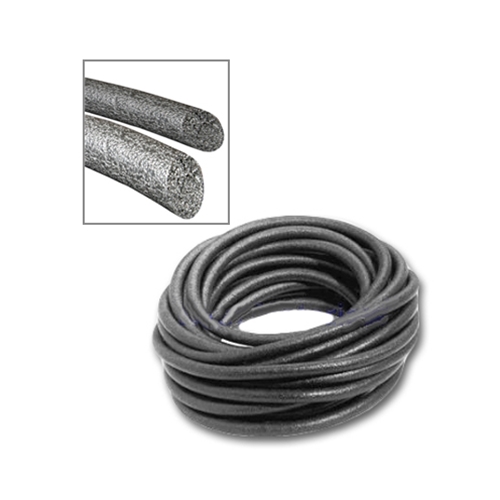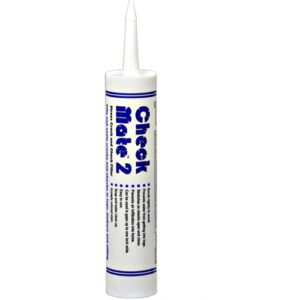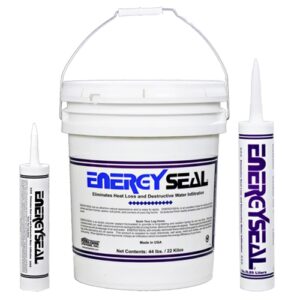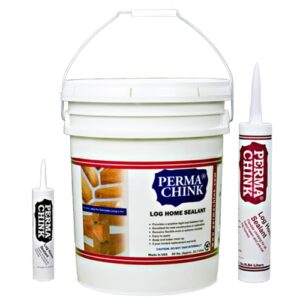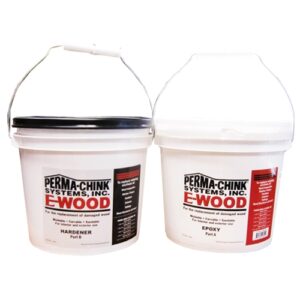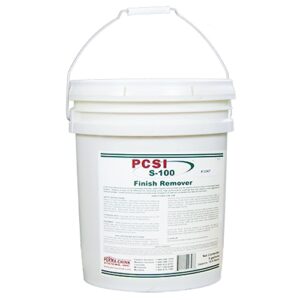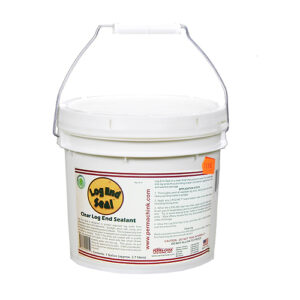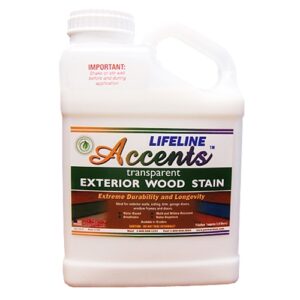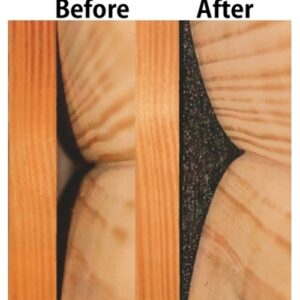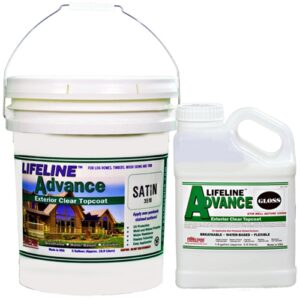A common mistake made when sealing home walls is to fill in joint openings or cracks with only sealant. The composition of the sealing material makes it possible to adapt to the sinking of the logs, but if the sealing material layer is too thick, it loses its ability to yield to the movement of the log and tear away from the surface of the wood. Sealant should never be applied thicker than one centimeter to the wood. By installing the support strip evenly at the bottom of the joint, the sealing material achieves the maximum possible flexibility during the movement of the logs, i.e. the support strip should be used under the sealant whenever the joint or crack allows it. The main purpose of the backing strip is to prevent the sealant from spreading unevenly. The support strip supporting the material helps to form an elastic and even sealing layer between the logs.
By installing press the pre-cut sealing strip firmly into place. The sealing strip must not be left outside the joint. Roll-out strip parts can cause too thin parts in the sealing material layer. If necessary, fix the sealing strip with stainless fixing clips. However, the fastening clips may be visible through the sealing material. To prevent this, moisture-proof tape is additionally installed on the backing strip layer. The sealing strip can be fixed in the joints of the logs using sealing materials Perma-Chink, Check Mate 2 or Energy Seal. At the same time, it must be ensured that the sealing material used for gluing the support strip does not differ much from the color of the upper sealing material.
Attention! It has been discovered that if log walls are exposed to high temperatures for any reason, the EPS insulation material installed behind the sealant can begin to melt. When this happens, the sealing layer becomes unsightly, but otherwise does not affect the sealing material. The melting point of EPS materials is similar according to all interviewed manufacturers, so one manufacturer's EPS material cannot be preferred over another manufacturer's. The foil-coated EPS insulation did not melt during our tests. Melting has never been noticed with BackerRod-like products. For more information, contact a Perma-Chink Systems representative or log house manufacturer.

